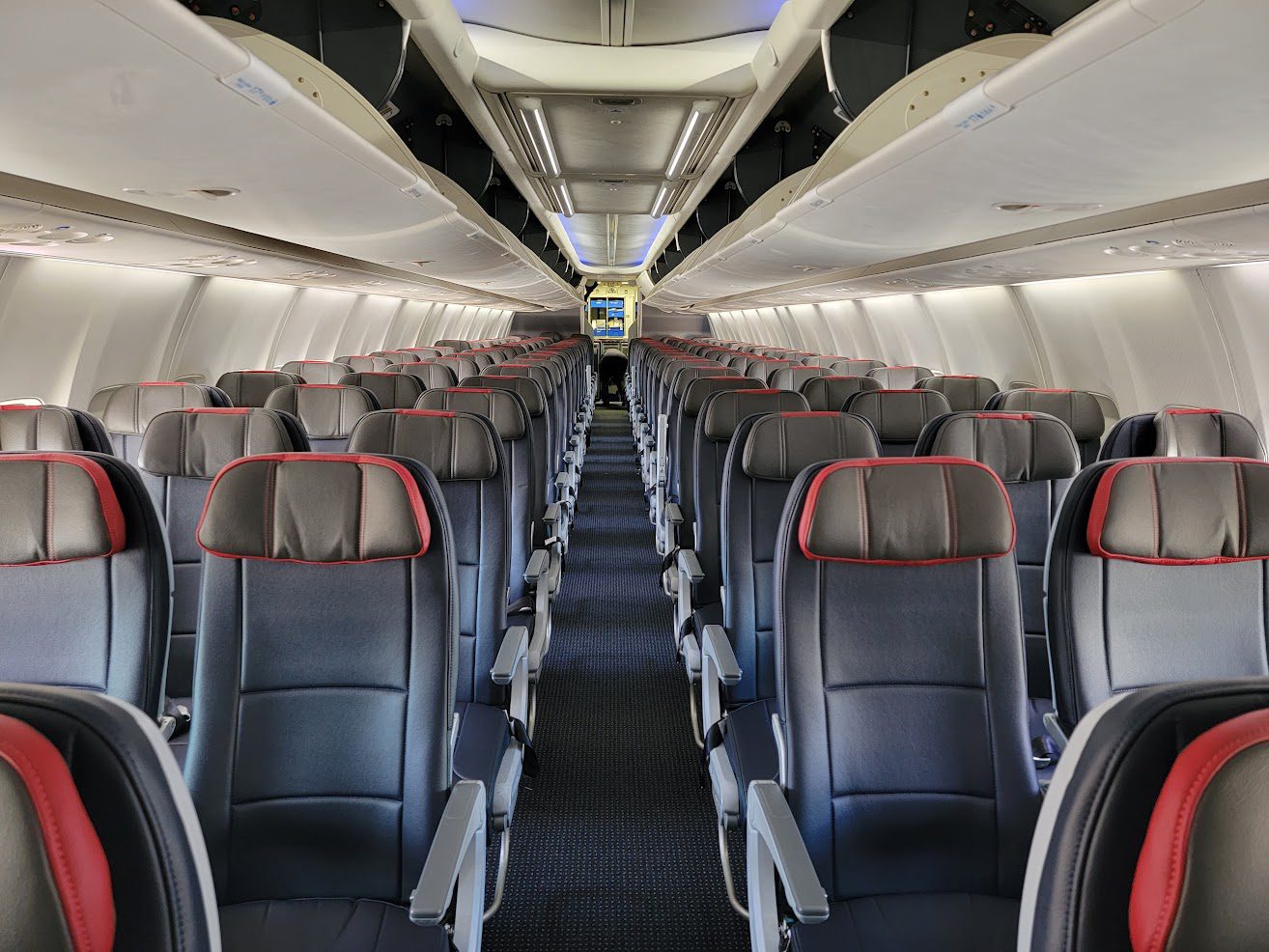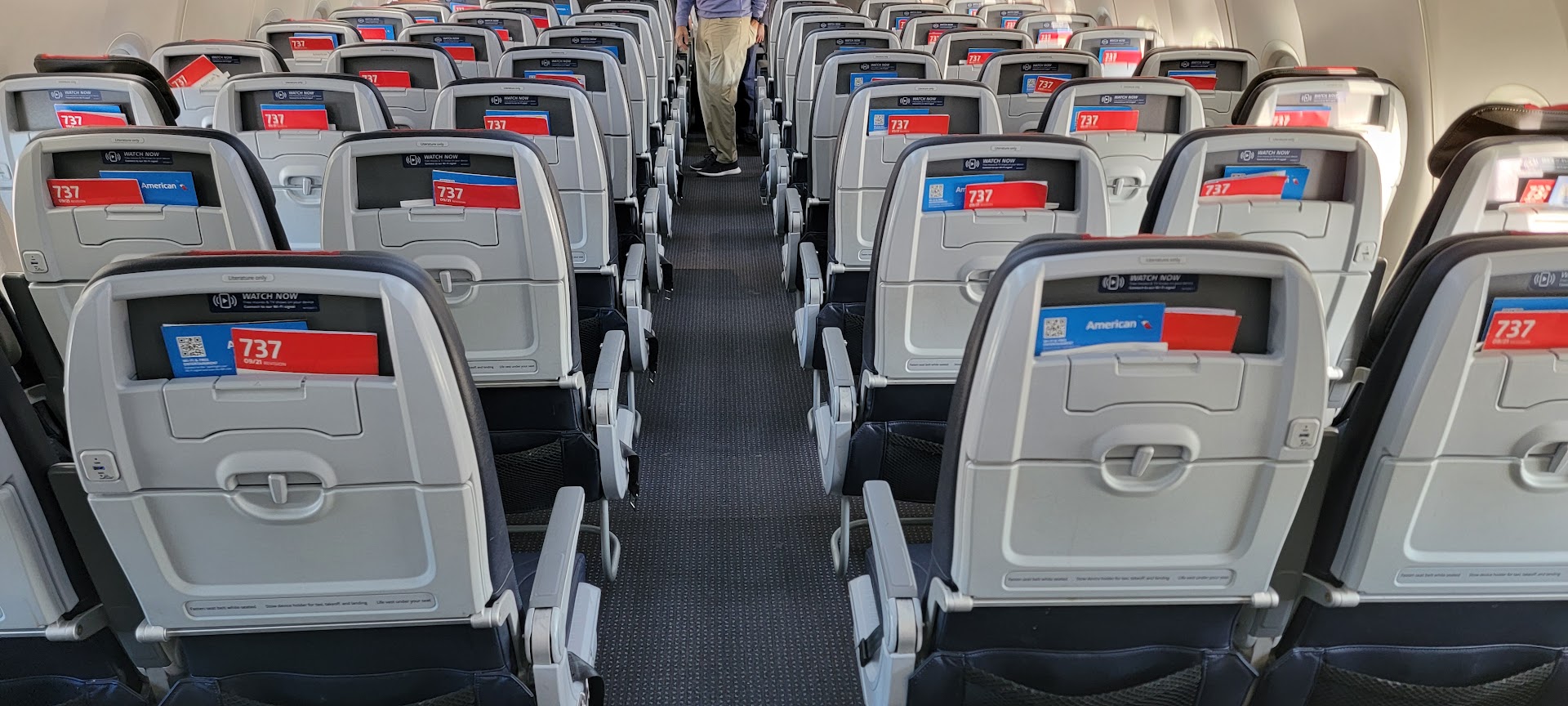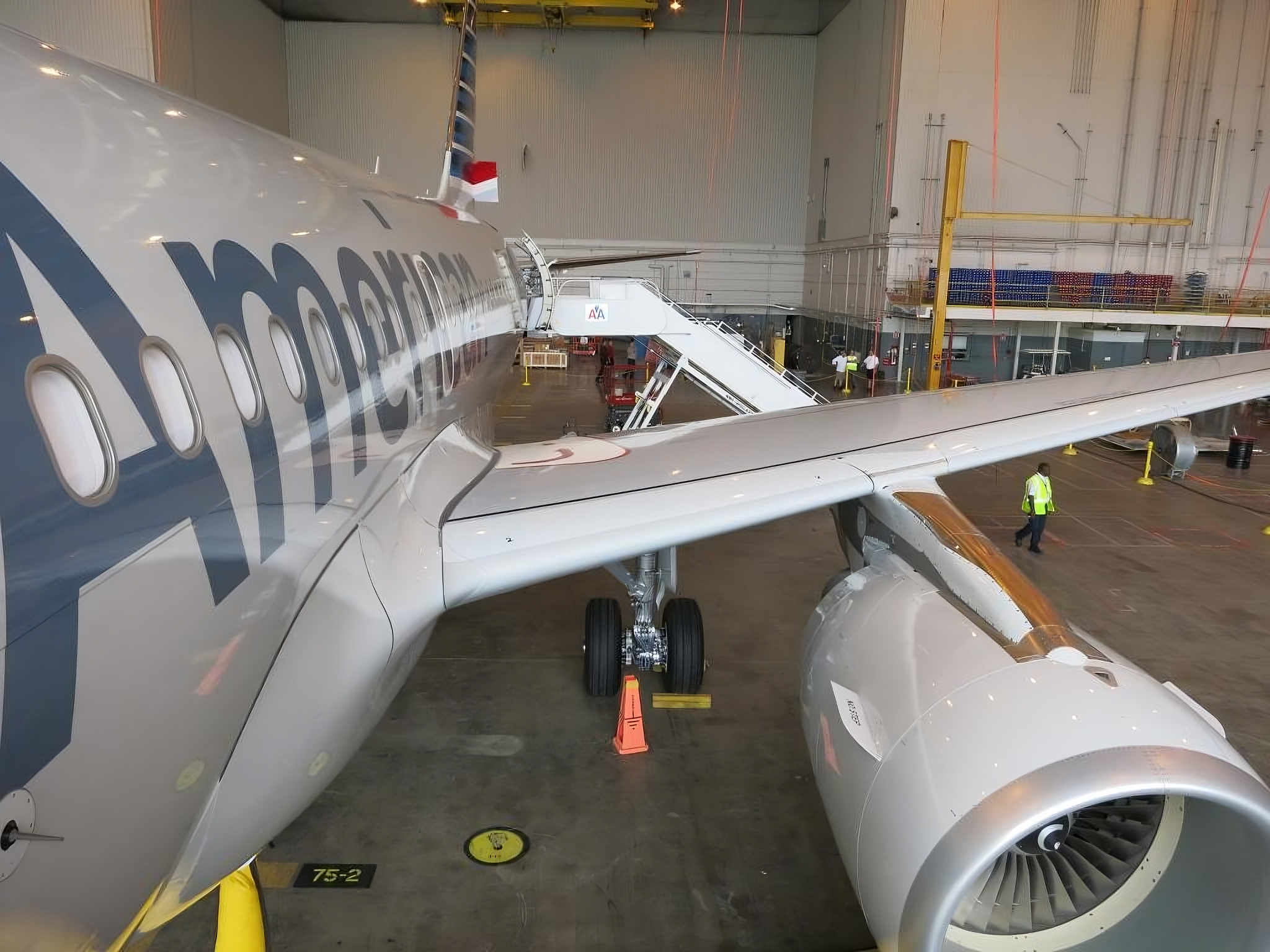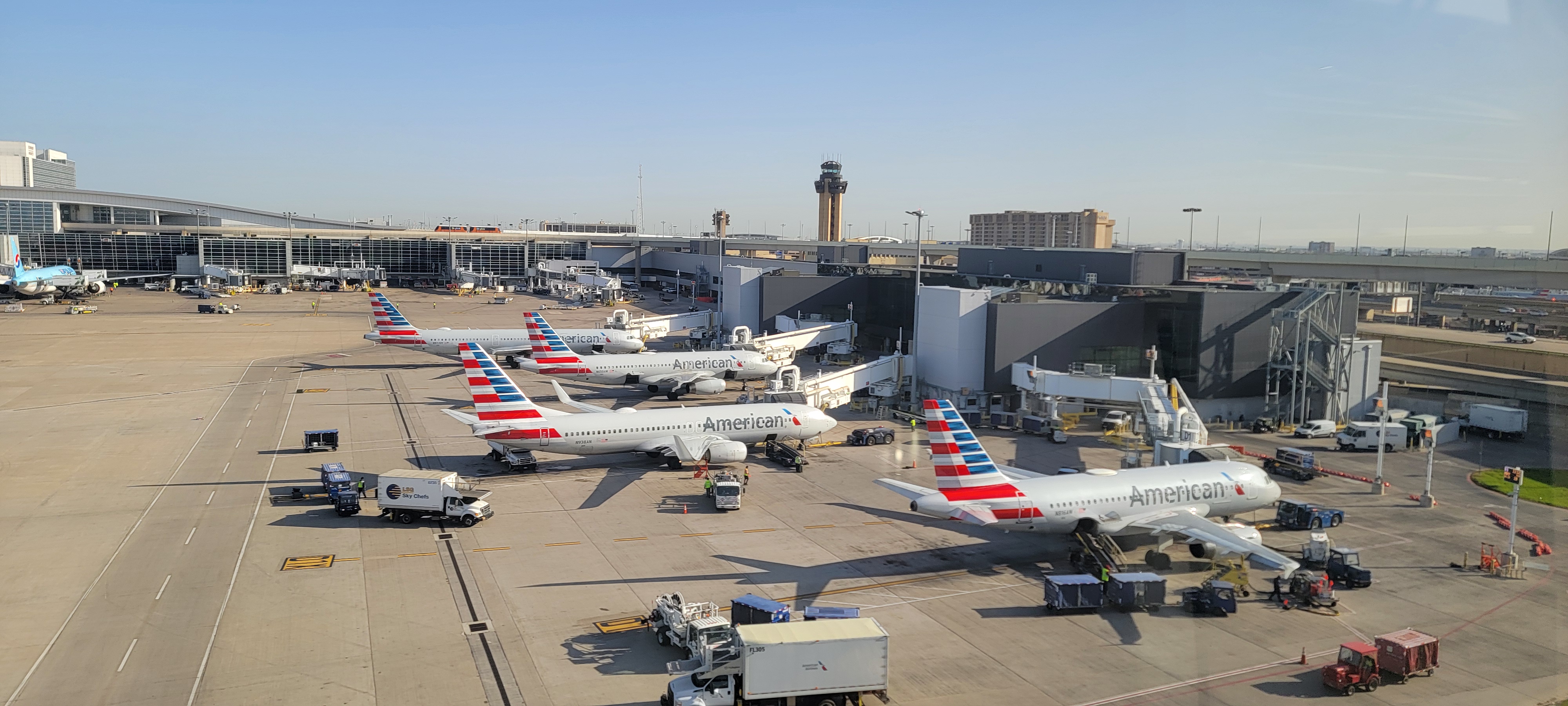American Airlines promises free wifi starting in 2026 which is outstanding and long overdue. ConciergeKey members actually get free wifi starting May 1.
Former American Chairman and CEO Doug Parker guest co-hosted this week’s Airlines Confidential podcast and explains what took so long.
At American they – we, I was there at the time – got to full satellite service at least on all mainline aircraft before any of the others. That wasn’t their constraint in getting this done.
I’m a little dated on this, but when I was there the bigger problem we had was the contract terms we had with the provider…which called for the cost to the airline was driven by the amount of usage, which didn’t make sense…when you’d run the numbers you’d have this fear that if everyone used this it would cost hundreds of millions of dollars.
Then we got into Covid and stopped talking about these things.

Parker says that they would have paid 10 times as much for 100 people using wifi as 10 people using it. But the idea that this was insurmountable just isn’t true. In fact, when Delta was expected to announce free wifi in 2019 American had the press releases pre-written with different versions ready to match whatever Delta did.
And the truth is, as Parker notes, “we got into Covid and stopped talking about” free wifi. Now that Delta and JetBlue both offer free wifi and United is rolling it out as well, American’s most expensive wifi in the industry was no longer sustainable.

I always thought that American had a real opportunity to leapfrog the industry six years ago.
- They were always going to wind up offering free wifi anyway
- And they were ahead in equipping planes with satellite wifi that had the bandwidth to support this
- So they could have led the industry and generated the sort of buzz that Delta captured, for something they were going to do anyway.
American had enough leverage to fix the contracts to make this work, if they’d prioritized doing so. But spending money rather than generating incremental revenue wasn’t something that American Airlines under Doug Parker was about. And they hoped that offering streaming entertainment to customer devices would suffice.

In fact, in September 2017 American Airlines announced free messaging at its Media and Investor Day. There was tons of coverage of the move. But they never did it. When I asked about what happened, then-President Robert Isom acted as though it had never been under consideration.
I’m told that then-Senior Vice President Kurt Stache made the announcement publicly but hadn’t gotten CFO Derek Kerr on board with the change. Kerr pushed back and killed it.

What American had missed is,
- Bundling wifi is actually a profit-maximizing strategy. Once one passenger’s use doesn’t trade off with another’s, and once the incremental cost of use is negligible, bundling generates more revenue and therefore profit for the same reason cable companies do it.
Let’s take a simple example. Customer A will pay up to $100 per year to get news channels, but only $10 a year for sports channels. Customer B will pay up to $100 per year for sports, but only $10 a year for news.
The cable company might sell sports and news each for $99. Customer A would buy sports, customer B would buy news. And the cable company would generate $198.
Instead, if they bundle sports and news into a $109 package, customers get both channels at a price that’s worthwhile to each and the cable company generates $218.
The cable company gets more money, and consumers get more channels which are worth more to them than what they have to pay. When the cost of providing a service is next to zero, then bundling is the clear profit-maximizing strategy.
- It could be used to generate high margin revenue. Delta is showing that they drive loyalty program signups with their free wifi which allows them to market their co-brand credit card to customers. Remember that American Airlines reports a ~ 53% margin on AAdvantage, mostly from selling miles to banks even when actually flying planes may have negative margin.
- Charging for wifi when competitors don’t is a disadvantage competing for customers. When airfares are the same, and one airline charges for wifi while the other doesn’t, the airline charging for wifi has a higher total trip cost and loses business. It was only when US Airways (under Parker’s leadership) saw they were actually losing ticket sales that they finally decided to add air-to-ground wifi to their fleet, since before that they believed they would always lose money installing it and selling its use.

Now that American is finally making moves like free wifi; adding satellite wifi to large regional jets; introducing business class suites; opening a business class lounge at their primary transatlantic gateway in Philadelphia; adding first class seats to smaller narrowbodies; and allowing widebody business class passengers to keep headsets until landing a genuine re-orientation towards premium could get them out of the business of competing just in the race to the bottom on price and schedule and develop real brand loyalty. They already feature one of the best loyalty platforms for doing so.
